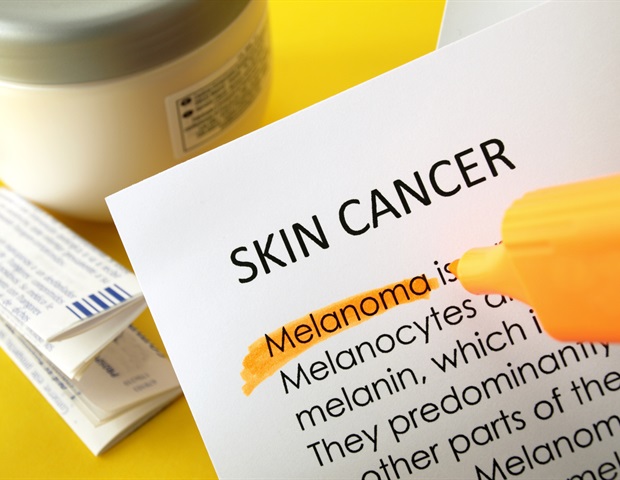A novel imaging technique significantly improves the accuracy of the diagnosis of basal cell carcinoma (BCC) – the most frequent skin cancer – compared to clinical and dermoscopic examinations alone, according to new research being presented at the 31st European Academy of Dermatology and Venereology (EADV) Congress.
The study found that using a new, non-invasive skin imaging technology called line-field confocal optical coherence tomography (LC-OCT), which gives detailed 3D images at cellular level, significantly increased diagnostic accuracy.
For the differentiation of BCC from BCC-imitators (such as squamous cell carcinoma, actinic and seborrheic keratosis, dermal nevus, and inflammatory conditions), using LC-OCT significantly increased the diagnostic accuracy by 12% compared to dermoscopic examination alone (from 85% up to 97%), the most commonly used skin cancer diagnostic techniques.
Importantly, for the differentiation of superficial BCC (a subtype that can be treated non-surgically) from other BCC subtypes, using LC-OCT again increased the diagnostic accuracy by 12% compared to dermoscopic examination alone (from 80% to 92%).
The study also produced a diagnostic algorithm useful to guide the clinician's diagnosis towards different BCC and BCC-imitators' subtypes. The algorithm is based on the most powerful LC-OCT morphological criteria that came out from their comprehensive statistical analysis.
Researchers from the Department of Dermatology at the Hôpital Erasme, Université Libre de Bruxelles, Brussels, Belgium, analysed 303 lesions, including 173 BCC and 130 BCC-imitators in the study.
Our findings suggest that, when in front of an BCC equivocal lesion, LC-OCT enables a more accurate diagnosis and, therefore, should be included in the diagnostic process and management of BCC."
Professor Mariano Suppa, lead researcher and consultant dermatologist from Italy
Prof. Suppa explains: "LC-OCT has the potential to reduce the number of unnecessary biopsies and excisions in cases of superficial BCC and also in the case of benign lesions that do not require surgery".
BCC is a type of skin cancer, mainly caused by sun exposure, or use of tanning beds. While it grows slowly and rarely spreads, it is the most common form of cancer worldwide and incidence has doubled in the past 20 years.2 In Europe, the incidence is between 50 and 80 new patients per 100 persons, per year.3
Prof. Suppa said: "Diagnosing basal cell carcinoma can be challenging using clinical or dermoscopic assessments alone and it is crucial that the condition is correctly diagnosed in order to treat it properly. We found that the accuracy of diagnosis can be improved by at least 12% using LC-OCT, both in terms of differentiating BCCs from other skin conditions, and of identifying BCC subtypes that do not require surgery."
European Academy of Dermatology and Venereology (EADV) Congress
Posted in: Device / Technology News | Medical Condition News
Tags: Basal Cell Carcinoma, Cancer, Cancer Prevention, Carcinoma, Cell, Dermatology, Diagnostic, Education, Epidemiology, Hidradenitis suppurativa, Imaging, OCT, Oncology, Optical Coherence Tomography, Research, Seborrheic Keratosis, Skin, Skin Cancer, Squamous Cell Carcinoma, Surgery, Tomography
Source: Read Full Article
